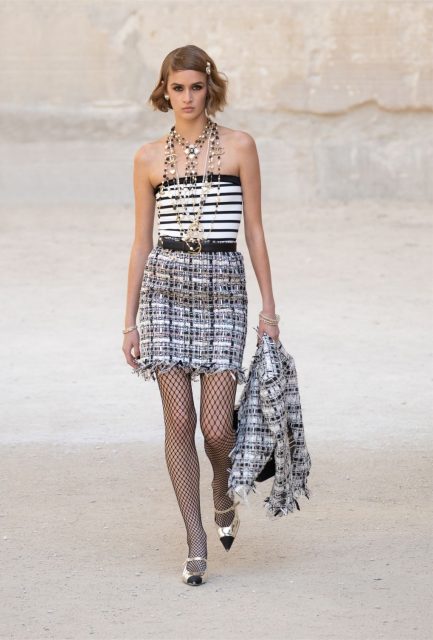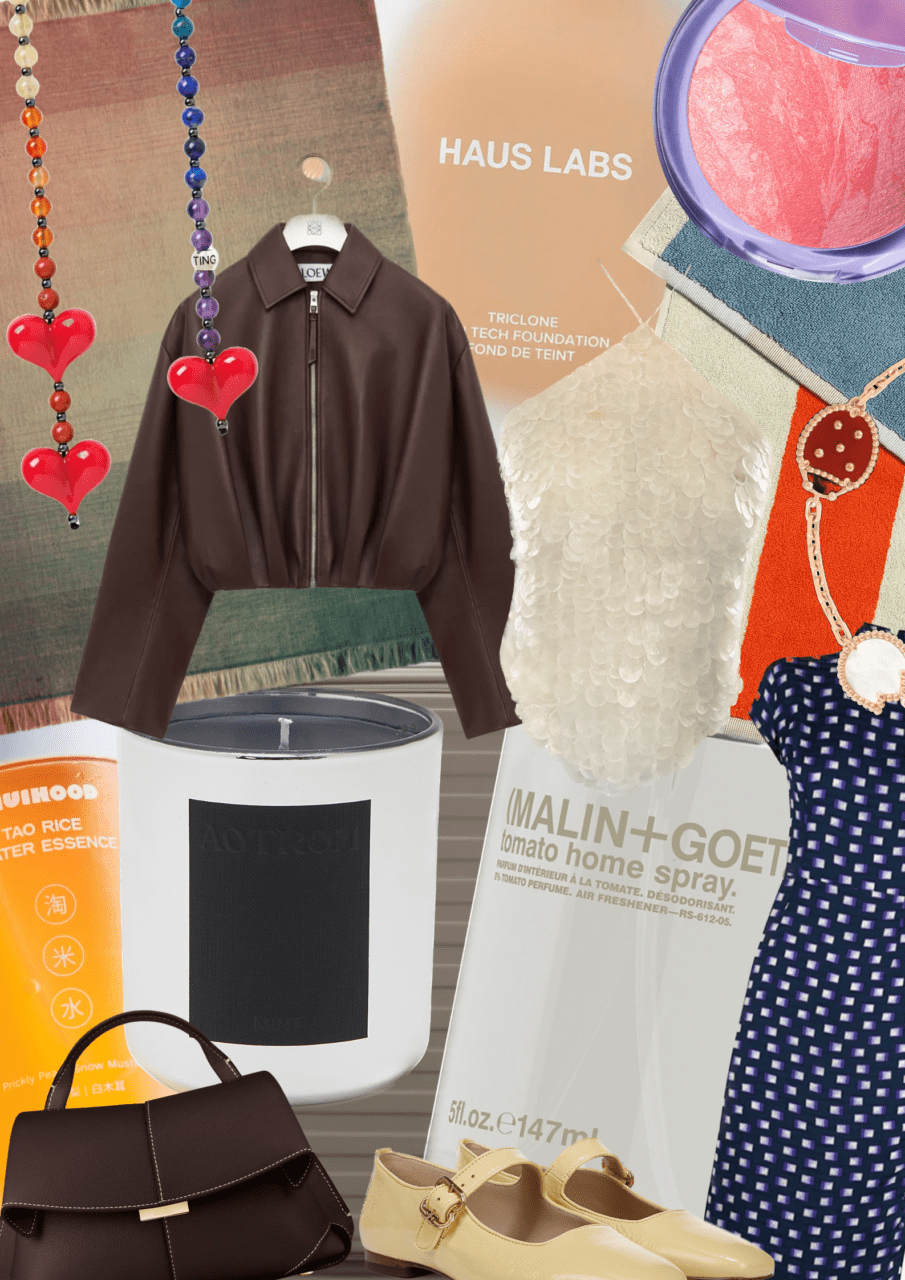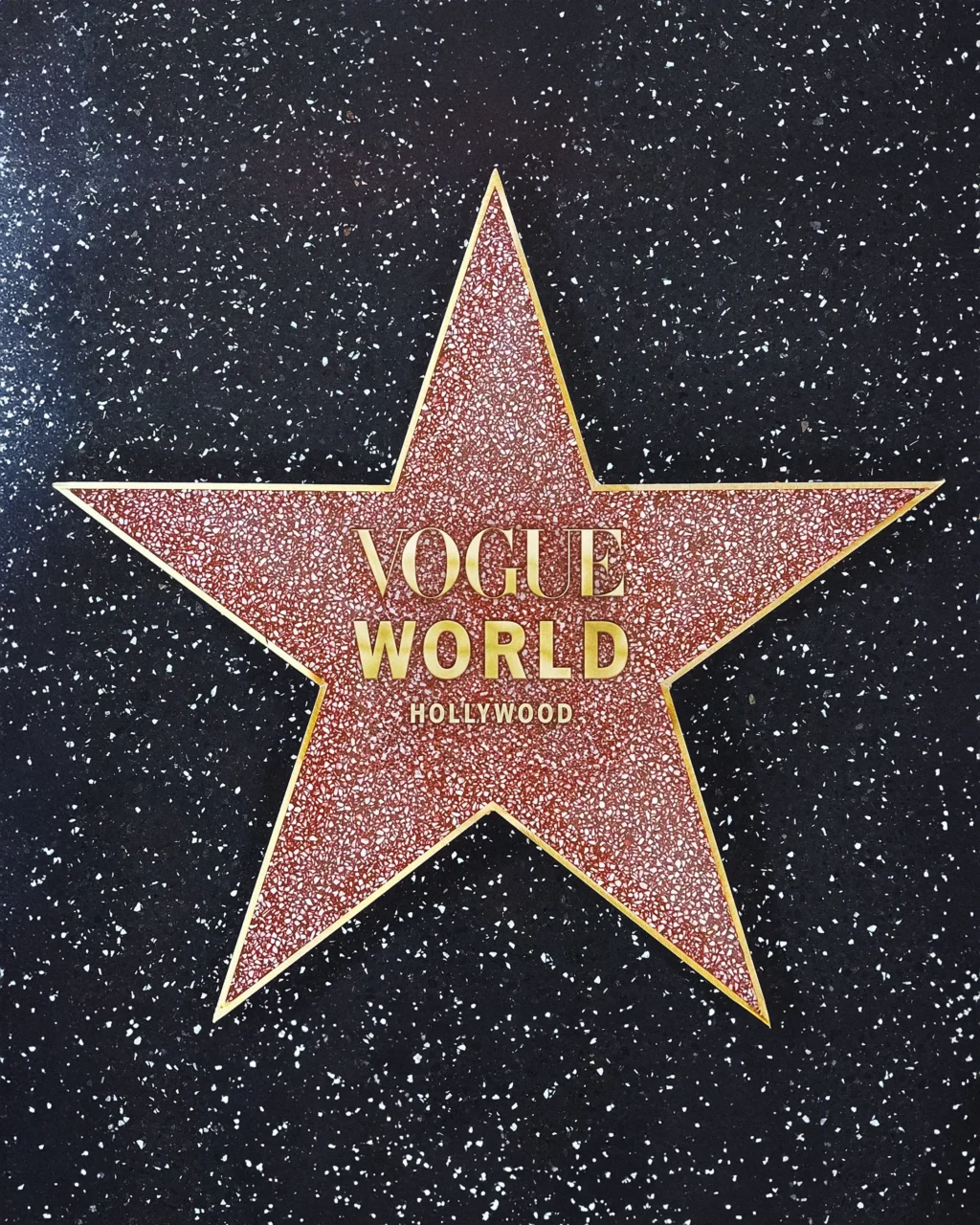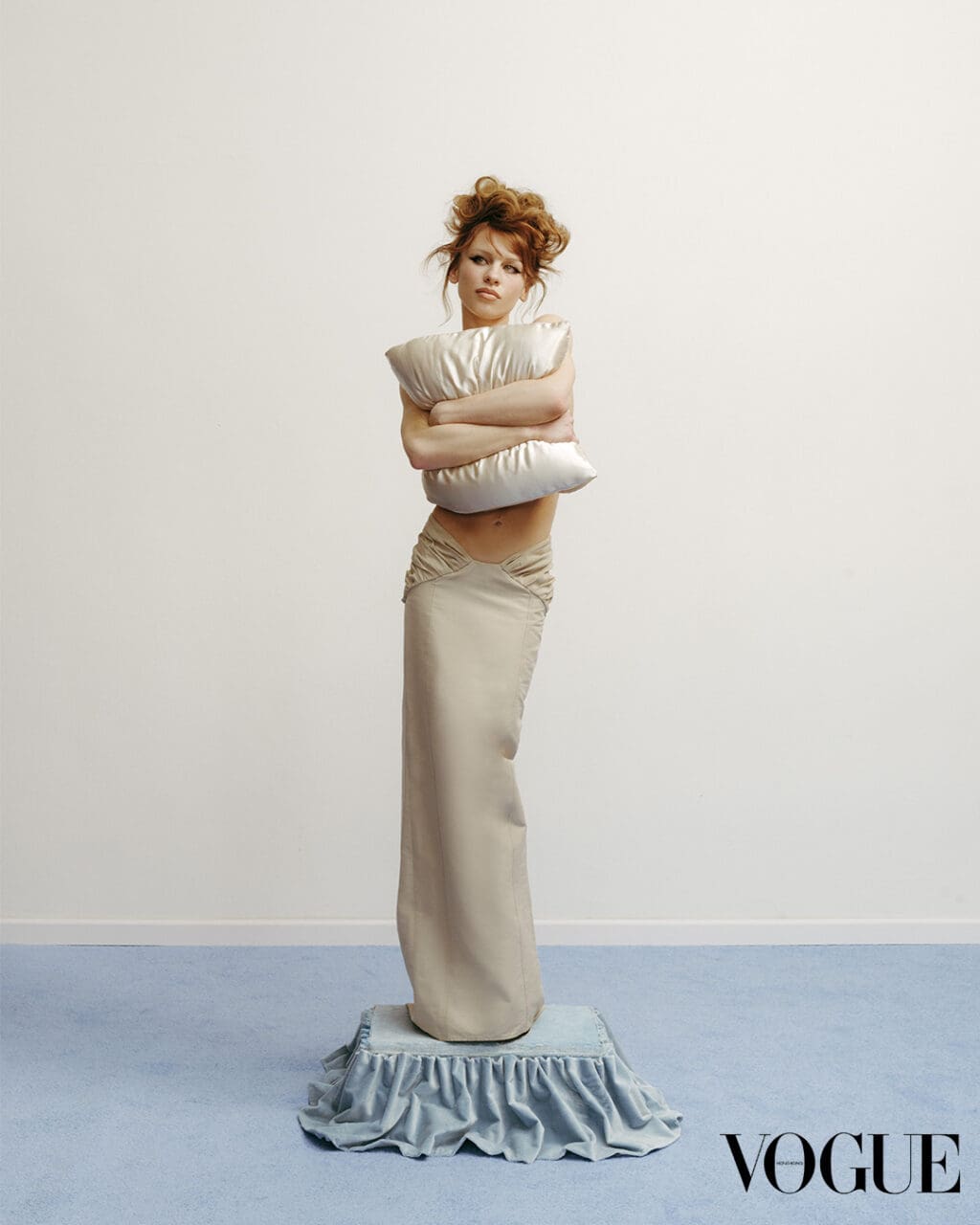Maria Grazia Chiuri has embarked on a Greek odyssey, of sorts. It’s a fashion journey, of course, but also a personal one. It’s a deeply personal adventure for the Dior creative director, who takes us from Crete to Delphi (via Santorini) before arriving in Athens on the evening of 17 June, when the house will unveil its Cruise collection at the capital’s historic Panathenaic Stadium.
This is neither Chiuri’s, nor Dior’s, first escape to the mythologised islands. “It was my decision to work in this way because I need to find a reason to make a collection around the world that, in my point of view, has a sense. We have fashion week, so if we only want to show a collection, it’s not necessary to go around the world,” she says. “Also, for us, it has to do with the early DNA of Dior because Mr Dior immediately started travelling abroad with his collections. His reasons were completely different from my reasons. We are talking about 1947, a time where there was no internet, none of the digital landscape that connects you to the rest of the world. For him, it had to do with understanding women around the world, the different lifestyles, as well as the idea of creating a brand that could be in dialogue with women around the world.”
Chiuri’s first trip came right after graduation when, together with a group of friends, she discovered the country’s architecture and sea, while savouring ‘souvlaki’, a traditional dish of skewered meat. She also had ‘a moment’ at the monastery complex of Meteora in central Greece, and is hoping to take her children there one day.
Going back in time, the French maison’s first experience on Greek soil took place in 1951, when a team of models and staff arrived in Athens. Among the team’s engagements and activities was a walk up to the Acropolis for what turned out to be an iconic photoshoot featuring couture garments by Dior — the photos, shot by Jean-Pierre Pedrazzini, appeared in Paris Match magazine.
If Dior’s full-skirt dresses exemplified postwar hope and optimism, Chiuri’s Cruise 2022 collection is set to explore some of Greece’s own talent. A few months ago, local press reported how Chiuri and members of her team visited the country on a creative scouting trip, meeting local artists and artisans and viewing their work. Some of this work is scheduled to appear on the Cruise catwalk. What’s more, Dior has received the green light for a fashion shoot at the Acropolis, 70 years after the first one took place.
The Athens show follows previous Dior Cruise presentations in Marrakesh, Morocco, and the town of Lecce in Puglia, Italy. Why has this particular collection developed into such an elaborate level of storytelling?
A luxury fashion powerhouse with a worldwide following, Dior is still adding to the dialogue — but how do you reinterpret the universal values taught by a country such as Greece? How do you translate elements of an ancient world that has been a recurring theme in international fashion — from designers such as Madeleine Vionnet and Madame Grès to Greece’s own Sophia Kokosalaki — for the present day? Trust Chiuri to go about it in her own way. For starters, she has done some serious homework. She began by rereading the Greek myths in November — works she had first studied at school.
The show’s location comes with certain challenges. “Greece was a difficult choice,” she notes. “I’m Italian, my father came from Magna Graecia in southern Italy. I live in Rome, I studied James Joyce’s Ulysses at school, it’s really part of my culture. There is a little town in Puglia where they speak the Griko dialect. It’s such a mix of my culture and the entire western culture that I had to restart again, to study everything from a different point of view.”
For Chiuri, this different perspective is a feminist perspective. After all, the notion of female empowerment has been a focal point of her vision at Dior, starting with her debut SS17 collection, which included the “We should all be feminists” mantra of Nigerian author Chimamanda Ngozi Adichie, printed on a T-shirt.
Excerpts from a face-to-face discussion with Italian art historian Filippo Cosmelli — in which the two discuss the Mother Goddess archetype — are included and Chiuri also uses images of powerful female figures such as the Snake Goddess of Minoan Crete.
The conversation regarding women’s trajectory and place in the world — from past to present — will continue at the all-marble, 4th-century Kallimarmaro. “I would like to speak about Greece now,” she says.
“I want to emphasise the beauty of the country, its craftsmanship, but at the same time speak about now. I have no ambition to speak about the future, but we can speak about what it is possible to do now, in this moment, because fashion speaks about what is happening now.”
Editor
Elis KissCredit
Lead image: Dionisis Andrianopoulos










